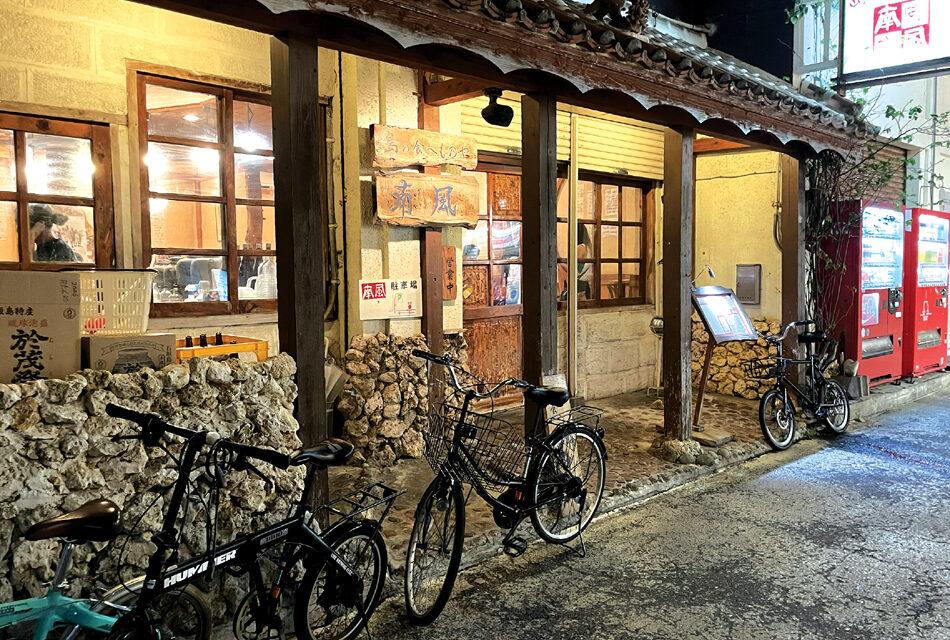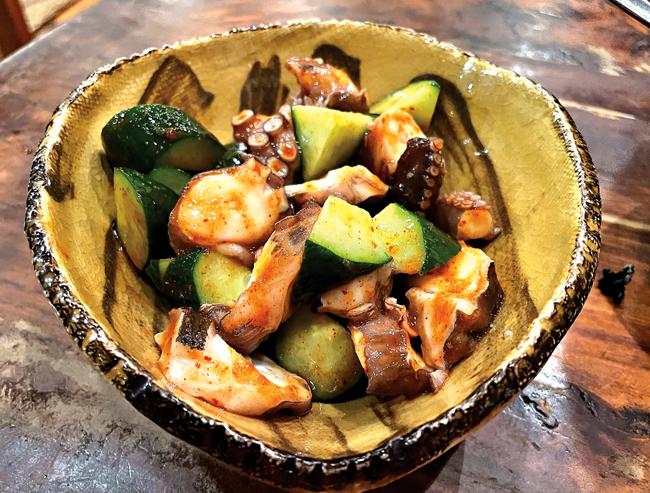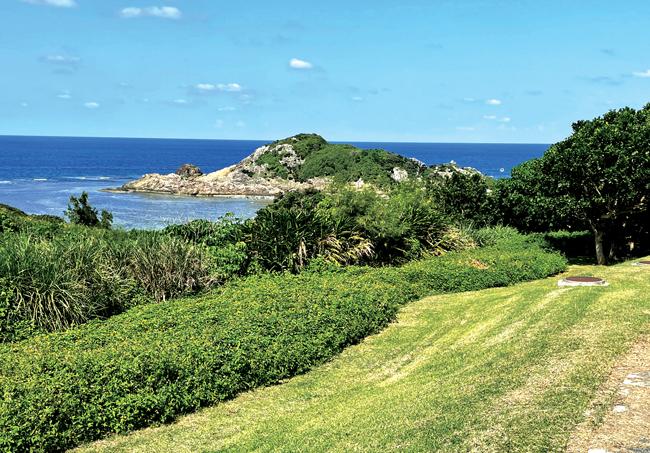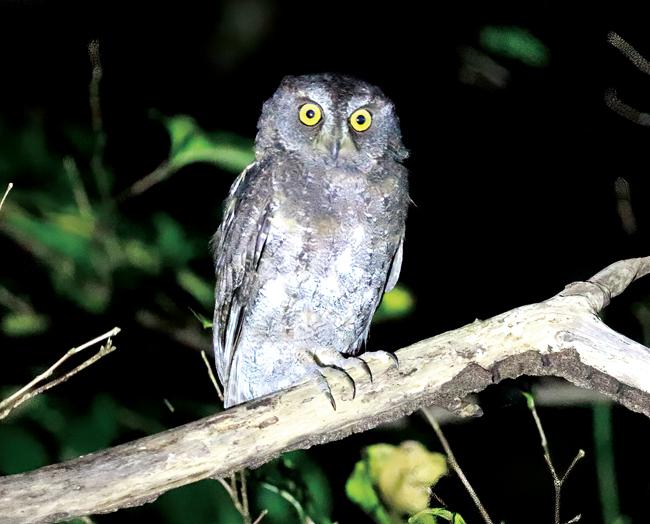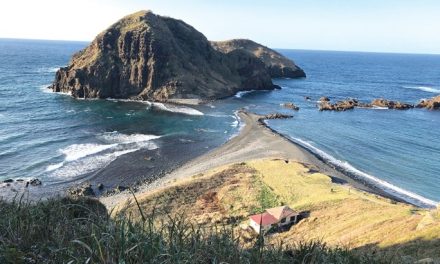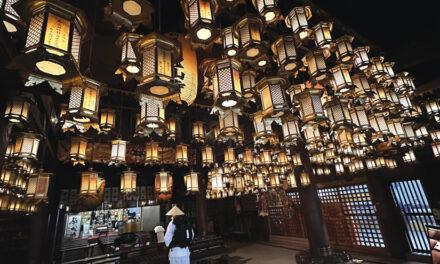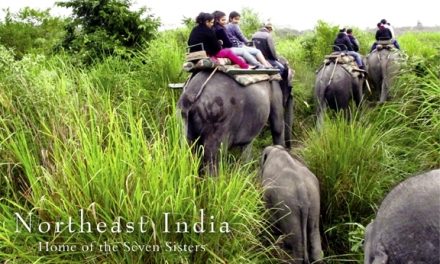Japan
Breezin’ along with the Southern Wind Ishigaki and Taketomi, Japane
Article and photography by Steve Gillick
Shimano Tabemonoya Paikaji translates as ‘restaurant on the island of the southern wind’. The name is tied to the location in the bustling downtown area of Ishigaki, on Ishigakijima, one of the Yaeyama Islands that have been mythically associated with the southern wind in Okinawa Prefecture. And it’s a go-to destination for island hoppers, culture lovers, and foodies!
After checking in to the centrally-located Hotel Miyahira, we immediately immersed ourselves in Okinawa culinary bliss with an afternoon ‘tsumami’ or snack. Tuna, salmon, and Buri (Yellowtail) sashimi was the prelude to Ishigaki Beef Tataki (thinly sliced and slightly seared), accompanied by Shikuwasa, an Okinawan drink of local sour-lime mixed with Awamori (an Okinawan distilled drink with 30%-40% alcohol content).
With taste buds aroused, we had dinner at Shimano Tabemonoya, a traditional wood-crafted Izakaya near the central market. The first dish of octopus and cucumber in kimchi sauce was so good that we ordered it again for dessert! But the other outstanding dishes included squid Ink fried rice, and goya champuru: green bitter melon, tofu, egg, and spam (the canned meat product that has become part of Okinawan culture).
And on another evening, this time at Marusa Honten, we munched on umibudo, crunchy, salty sea grapes dipped in ponzu sauce, and mozuku tempura, battered and deep-fried Okinawan seaweed. So tasty!
However, gastronomy was only one of the star attractions we experienced.
As nature lovers and photographers, we wanted meaningful interactions with the island, and Banna Park, a large forested area about 20 minutes from the city, was a great place to start. On a nighttime owl prowl with a local guide, we spotted Ryukyu Scops Owls, a Brown Hawk Owl, and Malayan Night Herons. And the next day, driving off the beaten track through scenic mountain landscapes, marshes, farmer’s fields, and the stunning scenery around Kabira Bay, we shared memorable moments with a colorful crew of Crested Serpent Eagles, a ghostly white-faced Black-shouldered Kite, Purple Herons, Red-footed snipes, Yellow Wagtails, Golden Plovers, and a ‘trilling’ encounter with a Whistling Green Pigeon.
Not to be outdone, we took the 15-minute ferry to Taketomi Island on our third day. Many daytrippers rent bicycles to explore the beaches, but we opted to walk, and in doing so, we discovered curious cows, a friendly bearded Billy Goat, a selection of vibrant flowers, and a kaleidoscope of butterflies.
We visited Kondoi Beach and Kaiji Beach, looking for the famous star-shaped grains of sand and taking photos of Black Herons, White Egrets, and the rugged coastal scenery.
Then we wandered through the traditional village where age-old stone walls delineate the properties, and mythical lion-dogs, called Shisa, reside on the red-tile roofs of the small houses to safeguard the home and family against evil and misfortune.
The mythical spirit followed us back to Ishigaki Island, where we explored the Gongendo Shrine and Torinji Temple, dating to 1614, and protected by scowling Nio Guardians and the wrathful glare of Shisa.
Aside from food, culture, history, nature, and photography, travelers visit Ishigaki for the beaches, diving, snorkeling, and surfing. We loved our time on Ishigaki and Taketomi and plan to return.

